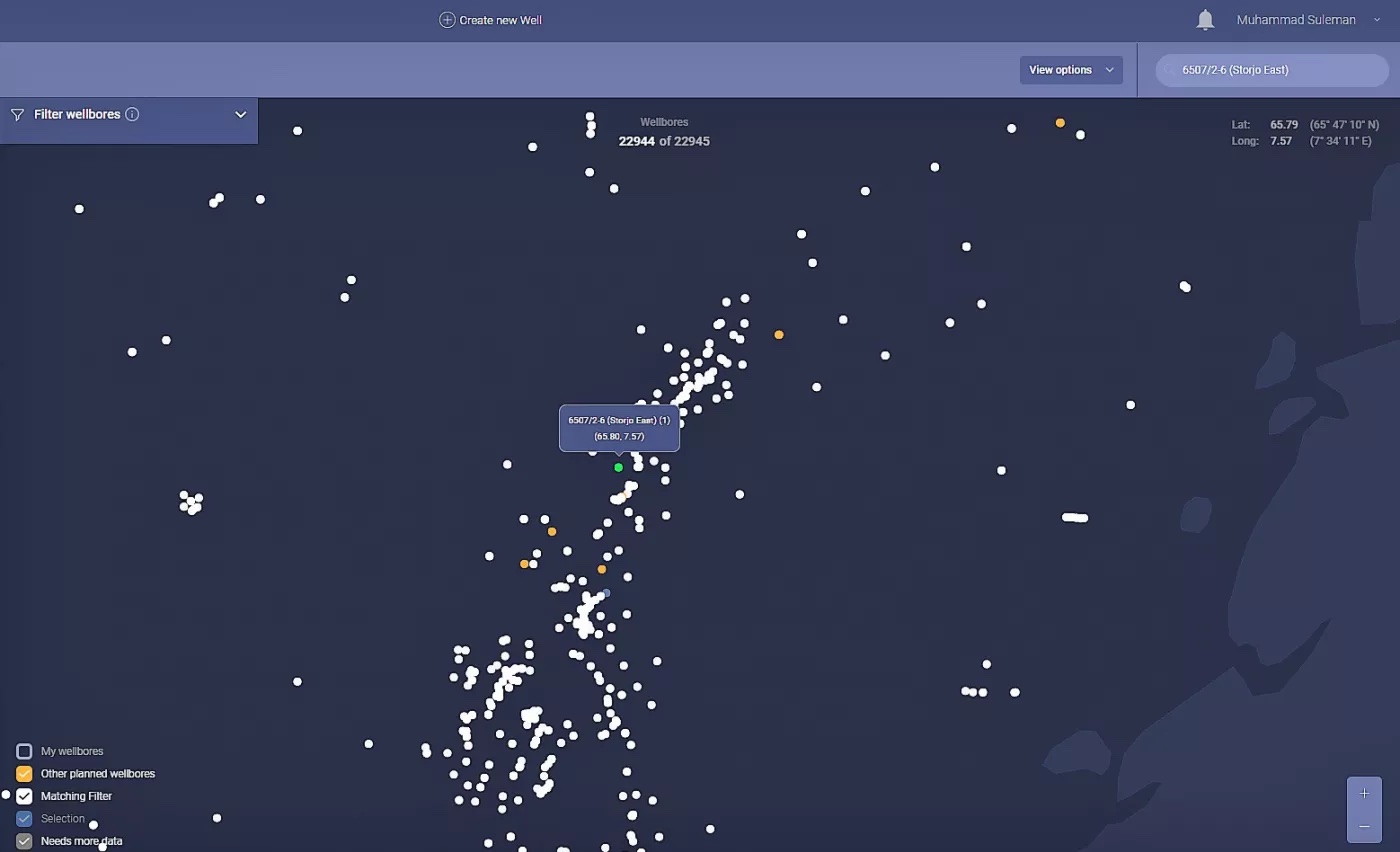Aker BP made a significant gas discovery in an exploration well

Aker BP made a significant gas discovery in an exploration well in the Norwegian Sea
Aker BP announced the completion of 6507/2-6, an exploratory well in Norwegian sea with discovery of gas in several formations. Initial estimated gas volumes are between 25 to 80 million barrels of oil equivalent. With 70% of working interest, Aker BP is planning further work on the discovery in 2023. While remaining 30% share are owned by Wintershall Dea Norge.
In the start of May 2022, Aker BP initiated the drilling of an exploratory well named 6507/2-6 with 68 planned drilling days using semi-submersible drilling rig "Deepsea Nordkapp (DSN)" owned by Odfjell Drilling. The purpose of the well was to investigate the Storjo East prospect located on the west of Skarv field. Primarily, Yarn formation of Middle Jurassic age was the main target along with secondary targets of Ile and Tilje formations. This well was expected to be HT well as the downhole temperature was estimated to be 178° C, but not HP well as maximum estimated downhole pressure was 742 bars (wellhead pressure 641 bar).
The surface location of the well is 65 ° 47´ 49” N and 07 ° 34´ 19” E having water depth of 338 meters in Norwegian Sea. In the map below, Location of this well is shown with each nearby dot representing a wellbore in the vicinity of it. It was planned to be vertical well drilled in 5 sections upto depth of 4,923 meters. Sea water was used to drill upper sections for conductor and surface casings while oil based mud was deployed for remaining three sections. Halliburton provided the mud services for all the sections.
Geological Formations
Geological formations which were expected during drilling are listed according to their TVDs from Rotary Kelly Bushing (RKB).

Well Sections
6507/2-6 is planned to be drilled in conventional five hole sections.
An overview of hole sections are described below with the summarized overview at the end.
36” x 42” Section
36” x 42” section was planned to drill from seabed at 369 meters up to 452 meters from RKB using 1.03 sg sea water as mud. 30” x 36” casing then be installed and cemented to top after successful drilling of the section.
26” Section
9-7/8” pilot hole was planned to drill upto depth of 1,300 m using sea water of 1.03 sg as mud prior to drilling of 26" hole. 20" casing was then run and cemented to top of seabed. BOP and Riser was then planned to be installed. All the cuttings generated from the section were deposited on seabed.
17-1/2” Section
17-1/2” section were planned to be drilled from 1,300 meters up to 2,700 meters through Kai formation, using oil based mud. 14" x 13-3/8" casing string was planned to run and cement with top of the cement, 200 meters above the its shoe i.e. 2500 meters. This reduced cement depth allows the retrieval of 13-3/8" casing after the decision of plugging the well permanently.
12-1/4” Section
12-1/4” section was planned to the Base Cretaceous Unconformity (BCU) in Lange formation, using oil base mud. During this section Lange formation was drilled. 9-7/8” liner was set with 50 meters overlap to 13-5/8" casing and its shoe at 3,958 meters.
8-1/2” Section
8-1/2” section was planned to drill through Lange, Garn, Ile and Tilje formations using oil based mud. There is no liner planned for this section and open hole tests were planned to be performed. Well was then planned to be plugged and 13-3/8" casing retrieved.

Well Path
This was planned to be a vertical well. Tortuosity can be manually added in Pro Well Plan for calculation purpose.

Expected Time vs Depth chart
If planned 68 days for operation were distributed among sections, then we get the following Time vs Depth Chart describing total time spent on each section.

Get in contact with us to unleash the opportunities with PWP software!

